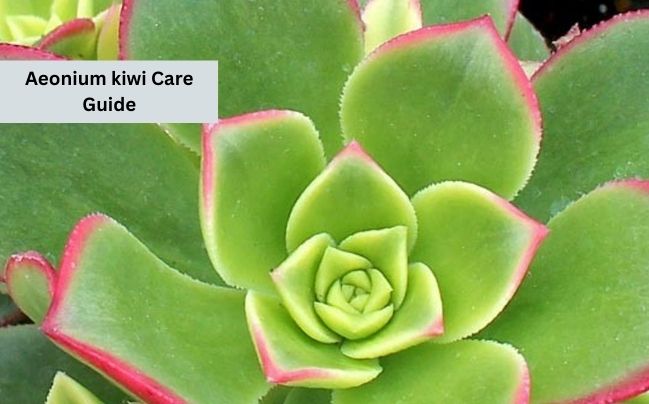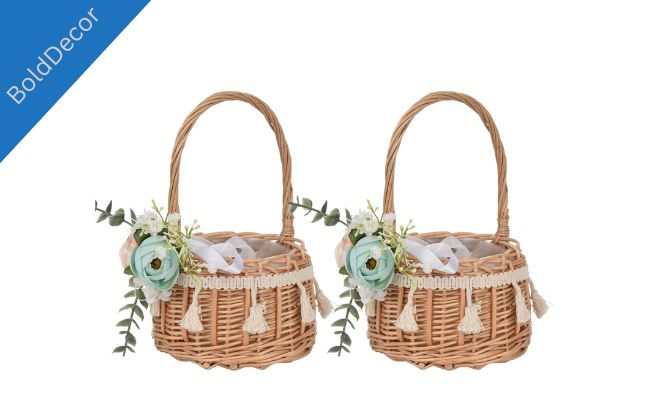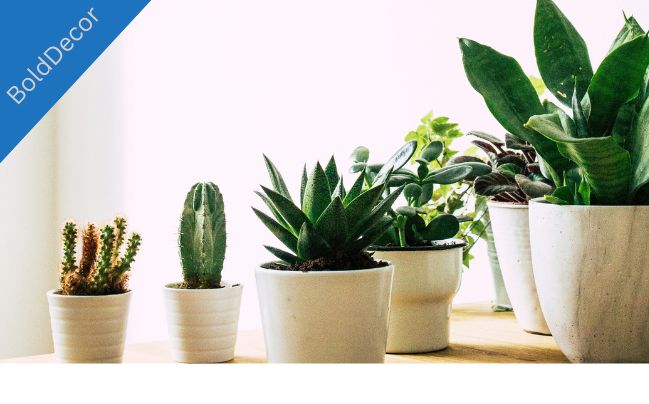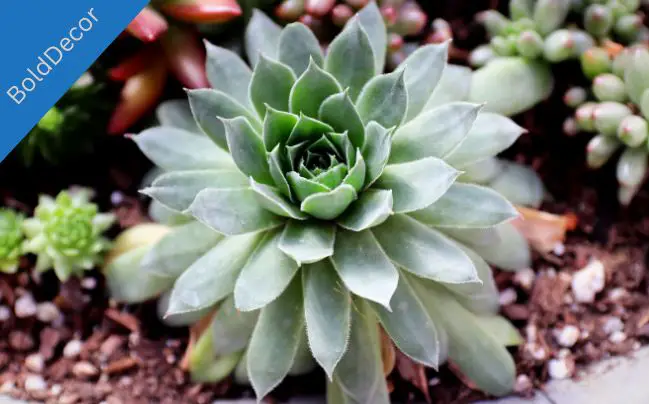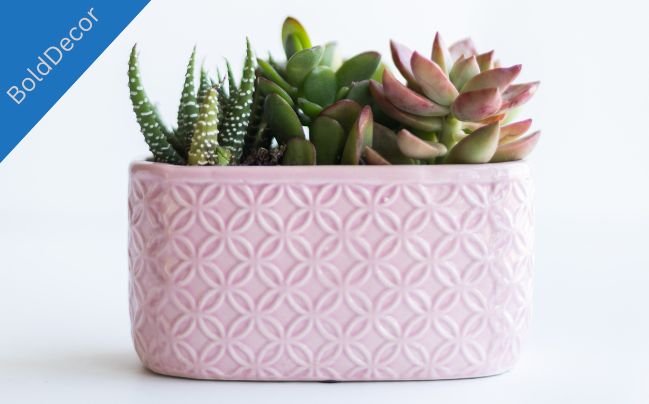If you’re looking for a stunning and low-maintenance succulent to add to your collection, consider the Aeonium Kiwi. With its beautiful variegated foliage and compact size, this succulent is a popular choice for indoor and outdoor displays. However, to keep your Aeonium Kiwi plant looking its best, there are specific care tips to keep in mind.
In this section, we’ll share essential information on how to care for Aeonium Kiwi succulents to ensure they display vibrant growth. From watering and light requirements to soil and fertilizer recommendations, you’ll get all the guidance you need to keep these stunning plants healthy and robust.
Key Takeaways:
- Proper watering and sunlight are crucial for vibrant Aeonium Kiwi growth.
- Well-draining soil and a suitable pot size support healthy root development.
- Fertilizing and pruning promote optimal growth and maintenance.
- Be aware of common issues and pests that your Aeonium Kiwi plants may encounter and know how to identify and treat them.
- Propagation of Aeonium Kiwi plants is easy and straightforward using stem cuttings.
Table of Contents
Understanding Aeonium Kiwi
Aeonium Kiwi is a unique and vibrant succulent, known for its beautiful foliage and striking coloration. This plant is native to the Canary Islands and is an excellent addition to any succulent collection.
There are several different varieties of Aeonium Kiwi, each with its own unique features and characteristics. Some of the most popular varieties include:
| Variety | Description |
|---|---|
| Aeonium ‘Kiwi’ | Has bright green and yellow variegated leaves |
| Aeonium ‘Sunburst’ | Has bright green and creamy yellow variegated leaves that turn pink in full sun. |
| Aeonium ‘Blushing Beauty’ | Has green leaves with pink edges that turn bright pink in full sun. |
Growing Aeonium Kiwi is relatively easy as long as you provide the proper care and conditions. These plants require bright, indirect light, and well-draining soil. Aeonium Kiwi can be grown both indoors and outdoors and prefers temperatures between 60-75°F.
When planting Aeonium Kiwi, be sure to choose a pot with adequate drainage holes to prevent waterlogging, as this can cause root rot. Additionally, it’s essential to only water when the soil is dry, as overwatering can also harm the plant.
Overall, by understanding the different varieties and growing conditions of Aeonium Kiwi, you can successfully cultivate healthy and vibrant plants.
Choosing the Right Pot and Soil
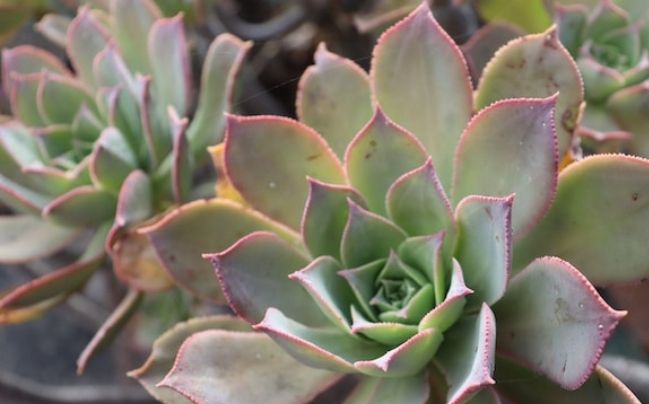
Aeonium Kiwi plants require proper pot selection and well-draining soil to thrive. The right pot size will encourage healthy root development, while the right soil type will prevent waterlogging and ensure optimal growth. Choose a pot that is proportional to your plant’s size; a too-small pot will stunt growth, while a too-large one can cause overwatering. When selecting soil, opt for a mix that includes perlite, grit, and sand to provide adequate drainage. Avoid heavy soils that retain moisture, leading to root rot.
To ensure your Aeonium Kiwi’s success, elevate your pot with feet or pebbles to improve drainage and airflow. You can also consider using a terracotta pot, which naturally aerates soil. When repotting, add a layer of gravel or small rocks to the bottom to promote healthy drainage. With the right pot and soil selection, your Aeonium Kiwi will thrive, displaying vibrant and healthy growth!
Proper Watering Techniques
Watering your Aeonium Kiwi plants properly is crucial to their growth and survival. These succulents are native to arid climates, so they don’t require frequent watering like other indoor plants. Overwatering can lead to root rot and damage the plant’s health. Here are some tips to help you water your Aeonium Kiwi plants correctly.
How Often to Water
It’s essential to water Aeonium Kiwi plants thoroughly but infrequently. Aim for watering once a week during the growing season- spring and summer. In contrast, during the fall and winter, you can stretch out the watering intervals for up to 14 days. For example, if you watered your Aeonium Kiwi plant on Monday, wait until the following week’s Monday and check if it needs watering.
Best Watering Methods
To effectively water your Aeonium Kiwi plant, pour water on the soil until it runs out of the drainage holes. Be sure to wait for the excess water to drain before placing the plant back in its pot. This ensures the roots don’t sit in water, preventing root rot and mold formation. If you prefer a hands-off approach, use a watering bulb to water your Aeonium Kiwi plants, ensuring you don’t overwater it.
Tips for Preventing Overwatering
Overwatering is the most common issue when caring for Aeonium Kiwi plants. To avoid overwatering, ensure the soil is completely dry before watering again. Also, avoid misting your Aeonium Kiwi plant as they prefer dry environments. Remember, these succulents thrive in fast-draining soil, making it challenging to overwater them.
Aeonium Kiwi Propagation
Propagating Aeonium Kiwi plants by cuttings is relatively easy. Take a cutting from the stem and let it dry for 24 hours. Then place it in well-draining soil and wait for the roots to develop and new shoot growth. As the new growth forms, gradually introduce watering, ensuring to follow proper watering techniques to avoid overwatering.
Ensuring Adequate Sunlight
Just like all succulents, Aeonium Kiwi requires sufficient sunlight to grow and thrive. However, the intensity and duration of exposure vary depending on the climate and season. Generally, these plants do well in bright but indirect light, although they can tolerate some direct sun.
It’s crucial to understand that too much or too little light can harm the plant. Insufficient light results in stunted growth, weak stems, and small leaves, while excess light can cause the leaves to scorch or turn brown.
Therefore, for optimal growth, place your Aeonium Kiwi in a spot where it receives at least four to six hours of bright, indirect sunlight daily. East-facing windows or shaded outdoor locations are ideal. If growing indoors, supplemental lighting using grow lights is an excellent option to compensate for insufficient natural light exposure.
Temperature and Humidity Considerations
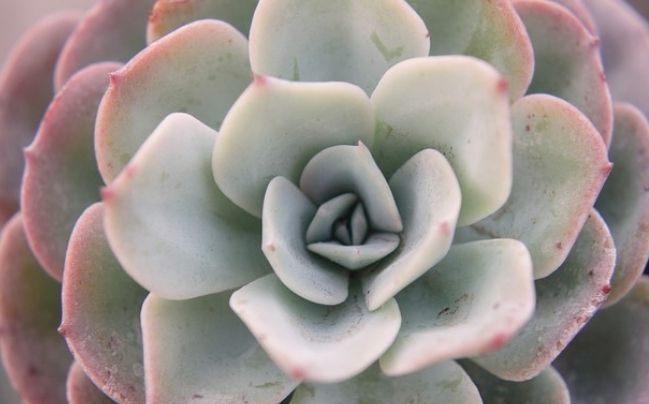
Aeonium Kiwi plants require specific temperature and humidity conditions to thrive. These succulents prefer temperatures between 60-75°F (15-24°C) and do not tolerate frost or extremely high heat. When providing light, make sure to avoid the scorching midday sun, which can cause sunburn on the leaves.
To maintain appropriate humidity levels, it’s best to place Aeonium Kiwi in well-ventilated areas with moderate air circulation. You can also increase humidity levels by placing a shallow tray of water near the plant or by using a humidifier. However, be sure not to place the plant directly in water, as this can result in root rot.
Fertilizing for Optimal Growth
To ensure optimal growth for your Aeonium Kiwi, fertilizing is a crucial step that shouldn’t be overlooked. Applying the right fertilizer provides essential nutrients for these succulents to develop robust and vibrant foliage.
The first step is choosing the right fertilizer. A balanced, water-soluble fertilizer with an NPK ratio of 20-20-20 is an excellent choice for Aeonium Kiwi. Avoid using fertilizers with high levels of nitrogen, which can lead to leggy growth and decreased vibrancy of foliage.
When fertilizing your Aeonium Kiwi, apply the fertilizer during the plant’s active growing season, typically spring through summer. Dilute the fertilizer as instructed on the package, and apply it every two or three weeks.
It’s essential to avoid overfertilizing, which can quickly damage your succulent. If you notice any burning or discoloration of the foliage, flush the soil with water to remove any excess fertilizer, and refrain from further fertilization for several weeks.
Finally, remember to adjust your fertilization routine to fit your Aeonium Kiwi’s growing conditions. For example, if your plant receives insufficient sunlight, you may need to reduce the frequency of fertilization.
Key takeaways:
- Use a balanced, water-soluble fertilizer with a 20-20-20 NPK ratio
- Fertilize during the growing season and dilute the fertilizer as instructed on the package
- Avoid over-fertilization and adjust fertilization to fit your plant’s growing conditions
By following these fertilization tips, you’ll be able to promote optimal growth and vibrant foliage for your Aeonium Kiwi succulents.
Pruning and Maintenance Tips
Regular pruning and maintenance are essential for keeping your Aeonium Kiwi plants looking healthy and vibrant. Here are some tips to ensure your succulents thrive:
Pruning Aeonium Kiwi
Pruning is an essential part of Aeonium Kiwi maintenance. It helps to remove dead or damaged leaves and encourages new growth. To prune your Aeonium Kiwi:
- Remove any dead or damaged leaves first, using a pair of sharp, sterilized pruning shears.
- Next, identify any branches that are leggy or too long. Cut them back to a point where you see a pair of leaves growing (around 2 inches above the stem).
- If you want your Aeonium Kiwi to branch out, pinch back the growing tip of the stem with your fingers just above a pair of leaves.
Other Maintenance Tips
In addition to pruning, here are some other maintenance tips to keep your Aeonium Kiwi plants healthy:
- Regularly check for pests or diseases. If you notice any problems, treat them promptly to prevent the issue from spreading.
- Keep your Aeonium Kiwi free from dust by gently wiping the leaves with a damp cloth or using a soft brush to remove debris.
- Increase or decrease watering as needed depending on the season or climate.
- If you live in an area with harsh winters, bring your Aeonium Kiwi indoors or provide protection to prevent frost damage.
By following these pruning and maintenance tips, you can ensure your Aeonium Kiwi plants remain healthy and vibrant for years to come.
Identifying and Treating Common Issues
Aeonium Kiwi plants are relatively low maintenance and are usually resistant to pests and diseases. However, some issues may arise from time to time, so it’s essential to know how to identify and treat them.
Pests
The most common pests that can affect Aeonium Kiwi plants include mealybugs, scale insects, and spider mites. You can identify mealybugs by the white cotton-like substance on the leaves, while scale insects appear as small brown bumps. Spider mites are tiny and barely visible, but you may notice webbing on the plant leaves.
If you notice any pests on your Aeonium Kiwi plants, you can use insecticidal soap to get rid of them. Alternatively, you can use a mixture of water and rubbing alcohol.
Diseases
Fungal diseases are the most common types of diseases that can affect Aeonium Kiwi plants. These usually occur due to overwatering or high humidity levels, which create a damp environment that promotes fungal growth.
If you notice any signs of fungal diseases, such as black spots or powdery mildew, you can treat them by pruning the affected leaves and reducing the frequency of watering. You can also use a fungicide to prevent further spread.
Remember to always keep an eye on your Aeonium Kiwi plants and address any issues promptly to keep them healthy and thriving.
Propagation Tips for Aeonium Kiwi
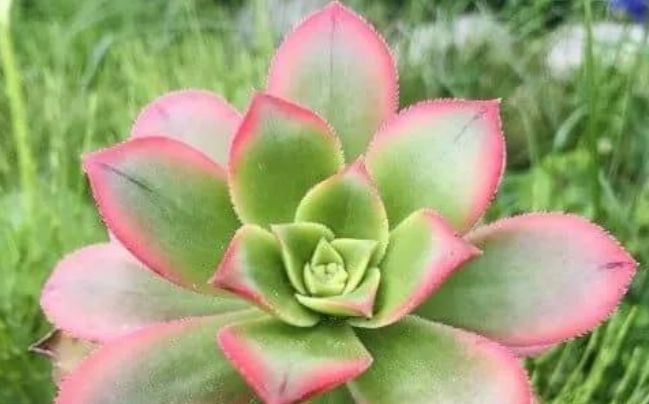
If you’re looking to propagate your Aeonium Kiwi plants, you’re in luck! These succulents are relatively easy to propagate, and with a bit of patience and care, you can quickly expand your collection.
The easiest way to propagate Aeonium Kiwi is through stem cuttings. Here’s how:
- First, select a healthy stem from the parent plant that has at least 2-3 leaves attached.
- Use a sharp and sterile knife or scissors to make a clean cut at a 45-degree angle.
- Allow the stem cut to dry out for a day or two. This step helps prevent rotting.
- Prepare a well-draining soil mixture and moisten it slightly.
- Insert the stem cutting into the soil mixture, burying at least an inch of the stem in the soil.
- Keep the soil moist but not waterlogged and place the cutting in bright, indirect sunlight.
- Within a few weeks, roots should start to grow, and new leaves will emerge, indicating that the cutting has established itself. Congratulations, you’ve successfully propagated your Aeonium Kiwi!
Another way to propagate Aeonium Kiwi is through leaf cuttings:
- Find a healthy leaf from the parent plant and carefully remove it from the stem.
- Allow the leaf to dry in a warm, shaded area for a day or two.
- Prepare a well-draining soil mixture and moisten it slightly.
- Insert the cut end of the leaf into the soil, making sure it is in contact with the soil mixture.
- Keep the soil moist but not waterlogged and place the cutting in bright, indirect sunlight.
- After several weeks, a small rosette should begin to emerge from the cut end of the leaf. As the rosette grows, new leaves will start to form, and eventually, roots will form, indicating that the cutting has established itself.
Whether you choose to propagate Aeonium Kiwi through stem cuttings or leaf cuttings, make sure to give the new plants time to establish themselves before re-potting or moving them to a different location. With proper care and attention, your newly propagated succulents will thrive and bring you joy for years to come.
Where to Buy Aeonium Kiwi
If you’re looking to add some Aeonium Kiwi succulents to your plant collection, there are several reputable online sources to choose from. Here are some options to consider:
| Retailer | Website |
|---|---|
| Succulent Market | https://succulentmarket.com/collections/kiwi-aeonium |
| Mountain Crest Gardens | https://mountaincrestgardens.com/aeonium-kiwi/ |
| Amazon | amazon.com |
These retailers offer a variety of Aeonium Kiwi plants to choose from, and each one is sure to be of high quality. Always make sure to read the descriptions and reviews to ensure you’re getting exactly what you want.
When purchasing Aeonium Kiwi online, it’s important to be mindful of shipping dates and temperatures to prevent damage during transportation.
With these reputable sources and helpful tips in mind, you’ll be well on your way to purchasing healthy and vibrant Aeonium Kiwi succulents for your home or garden.
Bottom line
Caring for Aeonium Kiwi plants can be a rewarding and enjoyable experience, and with the tips outlined in this article, you now have the knowledge to grow vibrant and healthy succulents. Remember to choose the right pot and soil, provide adequate sunlight, and water and fertilize your plants appropriately. Regular maintenance and prompt attention to any issues will also help keep your Aeonium Kiwi plants in excellent condition.
Whether you’re a seasoned succulent enthusiast or just starting, Aeonium Kiwi is a great addition to any collection. These beautiful and unique plants are sure to add a touch of natural beauty to your space. If you’re interested in purchasing Aeonium Kiwi plants, be sure to check out reputable sources online for high-quality and healthy specimens.
Thank you for reading our guide to caring for Aeonium Kiwi plants. We hope it has been informative and helpful.
FAQ
What are some care tips for Aeonium Kiwi plants?
To ensure the health and vibrancy of Aeonium Kiwi plants, it’s important to provide them with well-draining soil, sufficient sunlight, and regular watering. Additionally, avoid overwatering and protect them from extreme temperatures.
What are the varieties of Aeonium Kiwi?
Aeonium Kiwi is a popular succulent variety with vibrant foliage. Some common varieties include ‘Kiwi’, ‘Sunburst’, and ‘Tricolor’, each displaying unique colors and patterns.
How can I propagate Aeonium Kiwi plants?
Propagating Aeonium Kiwi is relatively simple. You can propagate them through stem cuttings or by separating offsets. Ensure the cuttings or offsets have calloused over before planting them in well-draining soil.
How do I properly care for Aeonium Kiwi plants?
Proper care for Aeonium Kiwi plants involves providing them with bright but indirect sunlight, watering them when the soil is dry, and fertilizing them sparingly during the growing season. It’s also important to prune them to maintain their shape and remove any dead or damaged leaves.
Where can I buy Aeonium Kiwi plants online?
You can find Aeonium Kiwi plants for sale online through reputable succulent nurseries and plant retailers. Popular online platforms such as Etsy and Amazon also offer a wide selection of Aeonium Kiwi plants from different sellers.

